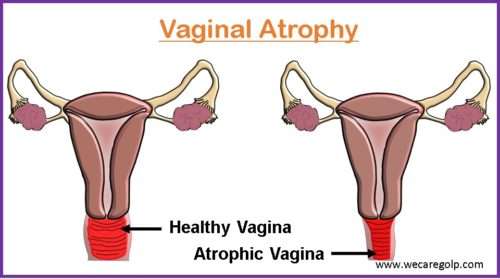Transurethral Microwave Thermotherapy (TUMT)
Introduction Transurethral microwave thermotherapy (TUMT) is one of the minimally invasive procedures that use microwave radiation to produce coagulation necrosis in prostatic tissue. Indications of TUMT Persons with moderate to severe voiding symptoms due to BPH, those experiencing side effects from medical therapy, those who have failed medical therapy, and those who choose not to … Read more










